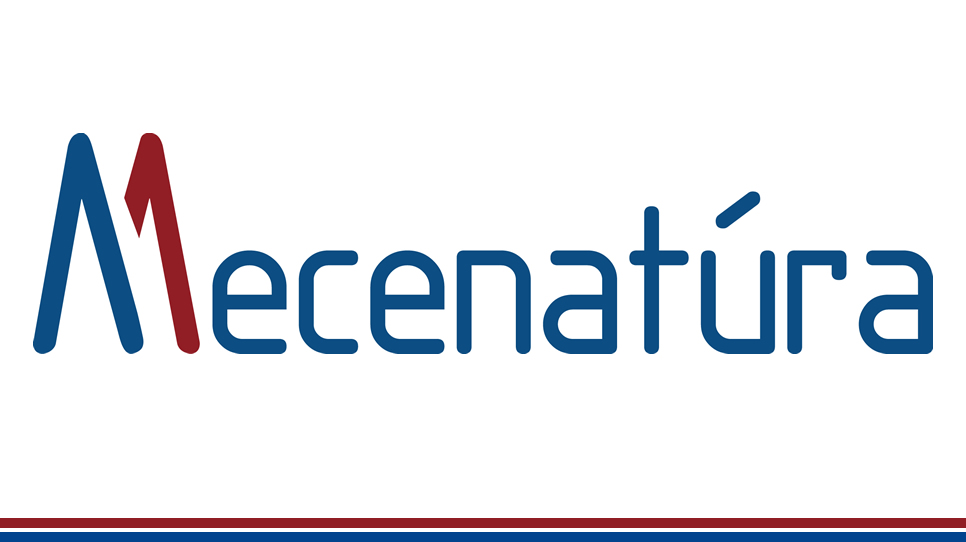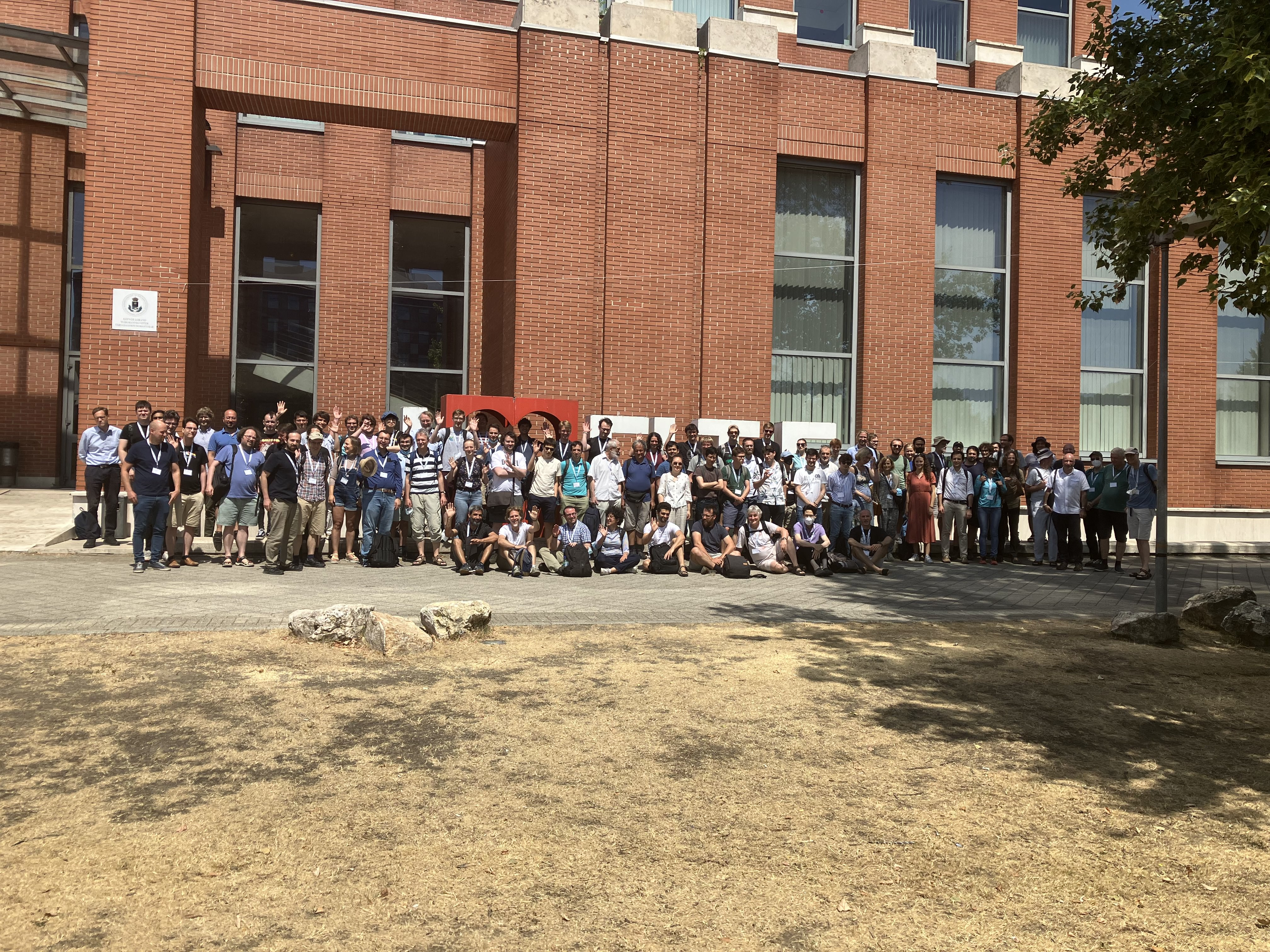Integrability in Gauge and String Theory 2022
Conference room -1.75
Budapest
The aim of the IGST conference series is to review recent progress in the field of integrability, primarily within gauge and string theories, but also in the broader related areas of high-energy, condensed matter and mathematical physics. A wide range of researchers, from leading experts to highly motivated students, is brought together in order to discuss and disseminate their work, forge new collaborations, identify challenges and open problems, and pave the way to novel research directions.
Speakers
- Luis Fernando Alday
- Changrim Ahn
- Benjamin Basso
- Ilija Burić
- Andrea Cavagliа̀
- Lucía Gómez Córdova
- Tamás Gombor
- Shota Komatsu
- Andrii Liashyk
- Florian Loebbert
- Marcos Mariño
- Enrico Olivucci
- Elli Pomoni
- Ana Lúcia Retore
- Alessandro Sfondrini
- Jaroslav Trnka
- Edoardo Vescovi
- Dávid Végh
- Benoît Vicedo
- Dmytro Volin
- Matthias Wilhelm
- Takato Yoshimura
- Konstantin Zarembo
- Zechuan Zheng
Details
The conference will be held in person at the Eötvös Loránd University in Budapest (ELTE) from Monday, July 25, 2022 until Friday, July 29. The registration is free of charge. All the talks will be live-streamed in the conference's YouTube channel. We plan to have 6 talks per day along with a poster session on Monday evening and a free afternoon on Wednesday. The conference will end on Friday at noon. No restrictions related to Covid-19 are currently in place. However, we strongly recommend wearing a mask indoors.
Link to YouTube channel
https://www.youtube.com/channel/UCnBZr_f8vqsm5y6RcN3wwBQ
International advisory committee
- Nikolay Gromov
- Vladimir Kazakov
- Charlotte Kristjansen
- Didina Serban
- Matthias Staudacher
- Roberto Tateo
- Pedro Vieira
Local organizers
- Zoltán Bajnok
- János Balog
- Árpád Hegedűs
- Georgios Linardopoulos
- Balázs Pozsgay
- István Vona
Sponsors: NKFIH Mecenatura, Wigner RCP





